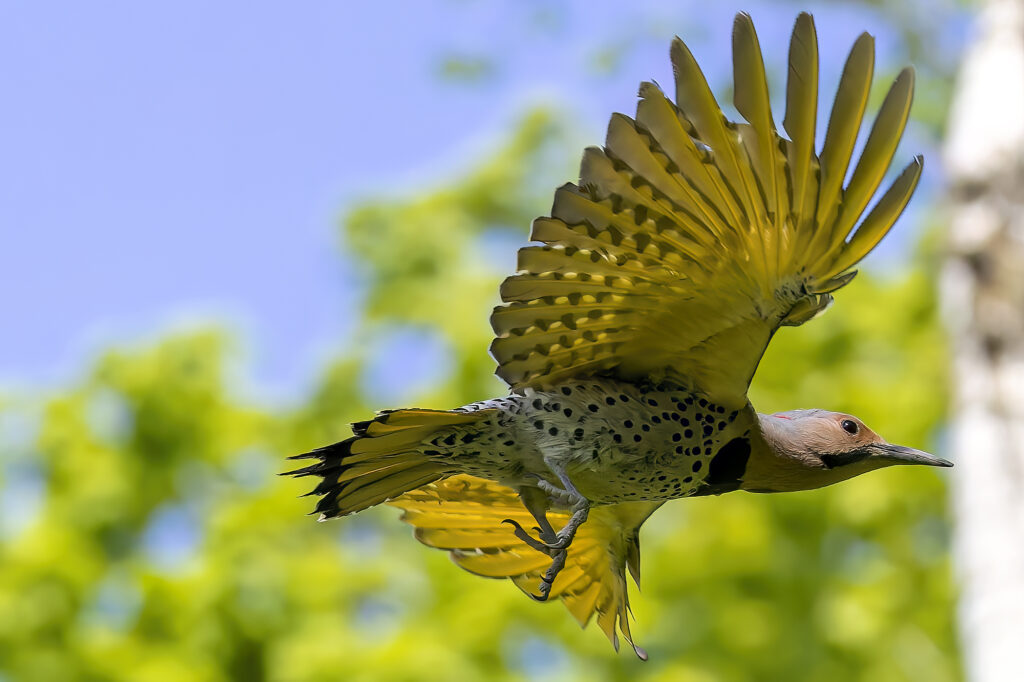Attracting rare birds is a badge of honor in the birding community. If you want to reduce your margin of error and reap the fruits of your labor, you’ll need this handy guide in your back pocket.
Just like us, birds are finicky creatures with unique diets, preferred habitats, and favorite times of day. Rare birds require many of the same approaches as more common species but with extra research (and extra patience).
I know firsthand how demoralizing it can be to miss out on a gorgeous bird species. My guide below will share some easy-to-use tips you can add to your next birding session to drastically increase your chances of a rare encounter.
I’ll also use examples of different bird species so you can better bridge the gap between your birding sessions and your next success.
Key Takeaways
- An important distinction is that rare means two things – rare in your specific area or rare in general. The former is a little easier to attract, while the latter is more difficult.
- In-depth research into the bird’s behavior, migratory patterns, appearance, feeding, bird feeder types, and preferred environments is key – you need every last detail to increase your chances.
- It’s essential to accept that you may not encounter your rare bird after all your hard work. That doesn’t mean you should give up or that your efforts don’t matter, though!
What Counts as a Rare Bird in the United States?
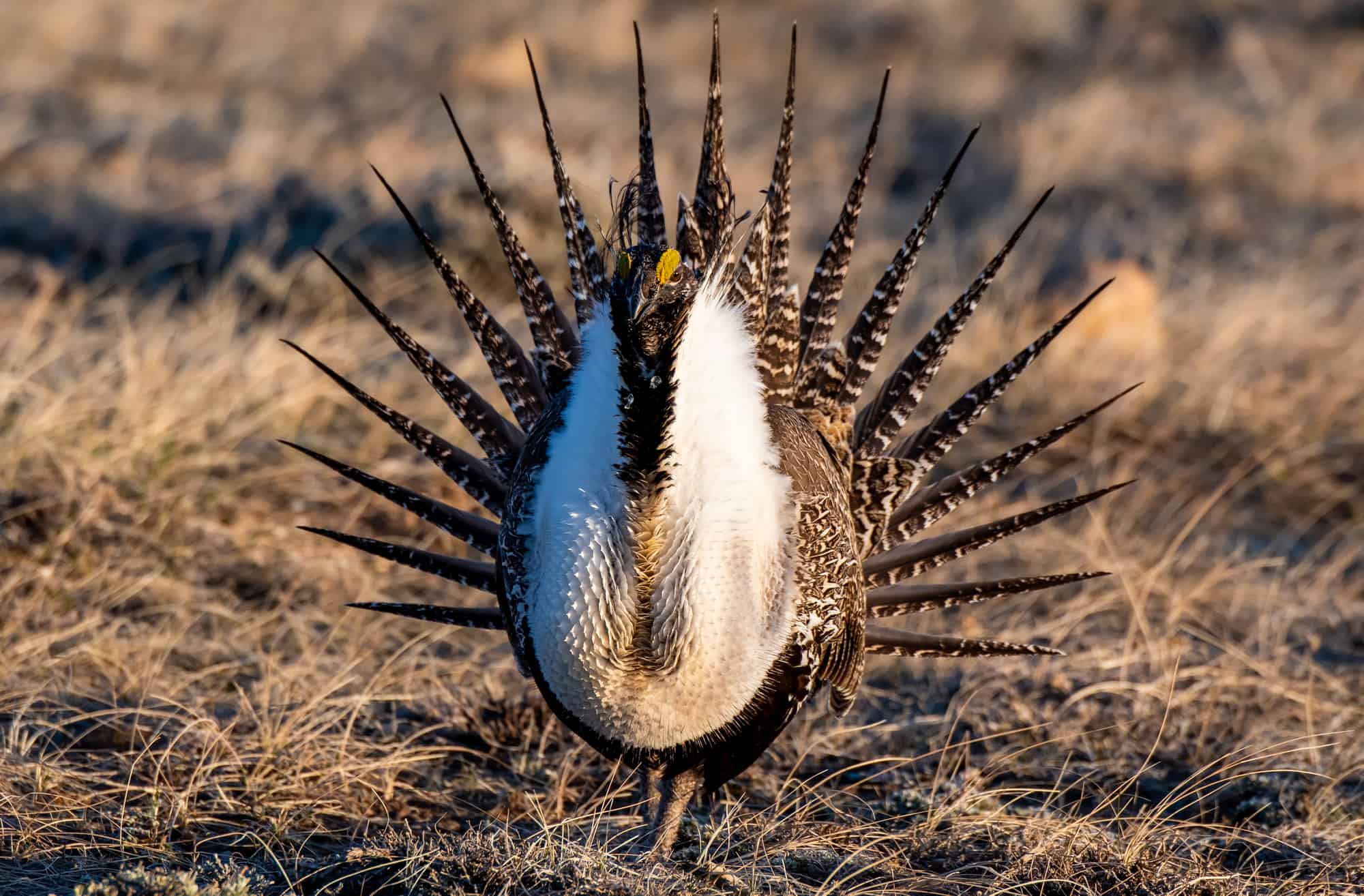
First things first: let’s get the definition of a rare bird out of the way so you’re not confused. A rare bird doesn’t just mean rare in numbers but also means rare in your given area.
For example, yellow-throated warblers are extremely common in the southeast but get scarce as you move up north. Birders in Florida will see them pretty often, but birders in Tennessee or Kentucky may consider them rare.
That said, some bird species are rare in general. For example, the greater sage-grouse is a near-threatened species that’s lost much of its habitat over the past several decades.
As such, determining what kind of rarity you’re facing will set the stage for a successful birding session. If you’re trying to glimpse threatened or endangered species, you’ll have a harder time since there just aren’t many around.
If you’re trying to glimpse bird species with large numbers that don’t usually show up in your area, you’ll have a better chance of spotting them. These types of rare birds usually boil down to research, good timing, and a little luck.
Not Doing Enough Research Into the Rare Birds You Want to See
This tip may seem like a given, but it’s twice as important when trying to attract rare bird species. You already have your work cut out for you – missing out on just one crucial detail may mean never seeing the bird at all!
Let’s break down the research you need to avoid common mistakes.
Figure Out the Bird’s Rarity
To reiterate the above section: just how rare is the bird species you’re trying to see? Determining their numbers and/or amount of local appearances will help set your expectations.
If you’re trying to see an endangered species, you may be better off visiting a national park tasked with taking care of them. Trying to get them to your backyard may be too difficult with their low numbers or impossible if they just don’t like feeders.
The Grand Canyon National Park is a stellar example of a well-tended nature reserve brimming with rare bird species. The western yellow-billed cuckoo and southwestern willow flycatcher are just a few species you can glimpse while visiting.

Narrow Down the Rare Bird’s Lifestyle
Just how often does your rare bird migrate and to where? Studying their lifestyle will help you plan out your bird sessions so your backyard will meet them when they’re ready.
For example, the northern flicker is a dazzling bird that shows up in most of the United States – doesn’t sound very rare, right? However, it’s extremely rare in southern Arizona and shows up intermittently during breeding season in southern California.

If you were trying to attract them, you could keep an eye out during the spring in southern California or outfit your station with extra goodies in southern Arizona. As long as you’re adapting to why the bird is rare in your area, you’ll increase your chances of spotting them.
Make Sure You Know the Differences in Your Bird’s Appearance
The last thing you want is attracting your rare bird, but not being able to identify them and thinking you missed them entirely! Some bird species look similar to others at a glance, so I recommend taking notes (and getting some binoculars).
A great example of a rare bird species that looks very similar to another is the oak titmouse. Its soft gray-brown coloration and sleek body may seem sparrow-like at a glance, but they have a tinier beak and characteristic tuft.

It’s also important to know the differences between the same rare species’ sexes. A strong example is the male rose-breasted grosbeak — he’s a very distinctive fellow with a black body, white chest, and signature cherry red breast.
The female looks completely different and is easy to confuse for a finch or a sparrow. However, a close look at her pink beak and yellow-cream sides will distinguish her from those songbirds.
Now let’s set the stage: a less-researched birder who wants to attract rose-breasted grosbeaks to their backyard may see the female and get discouraged. A birder who did their research, however, will be thrilled they found their rare species (and that the males aren’t far behind).
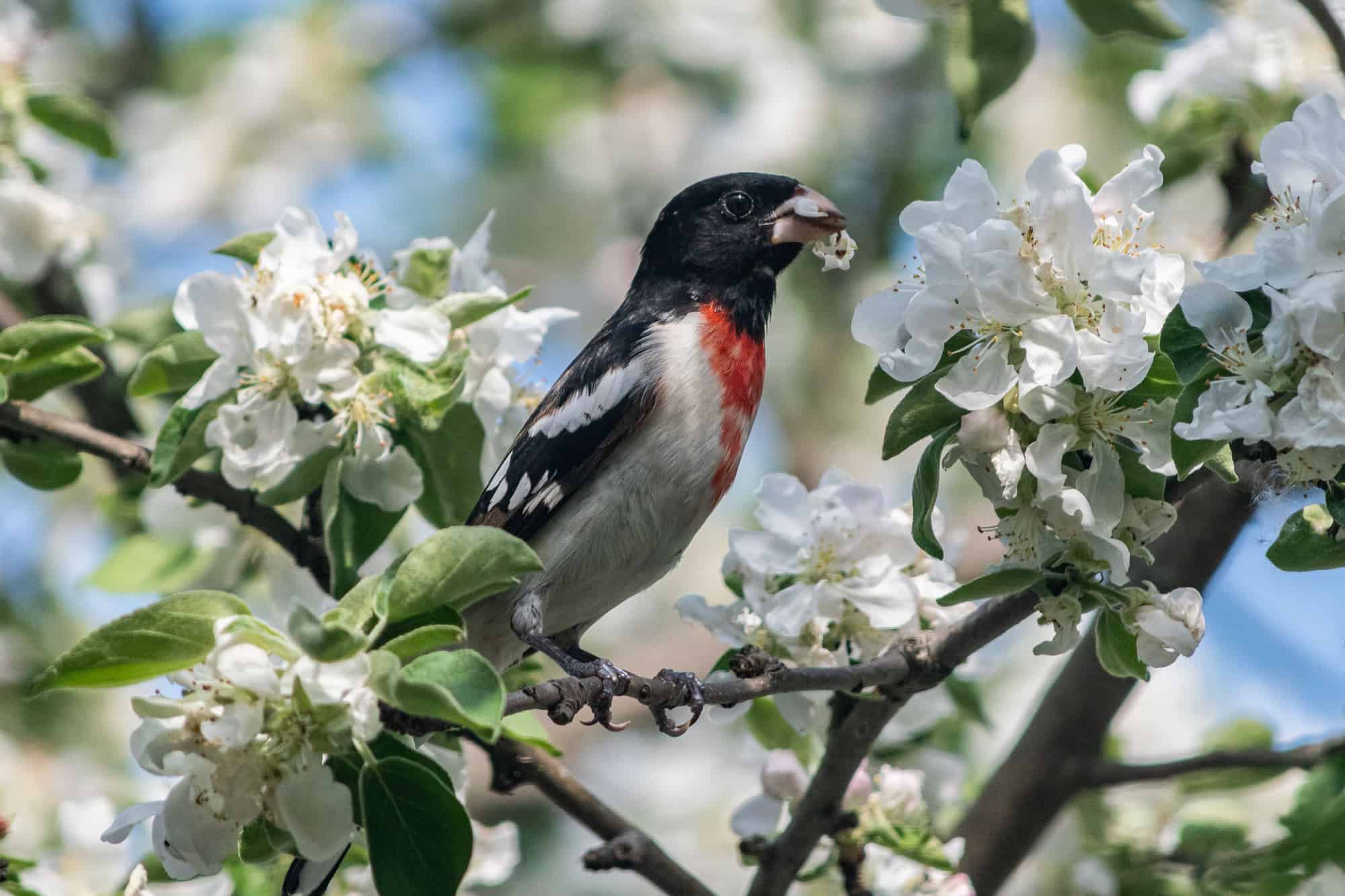
Using the Wrong Bird Feeders To Attract a Rare Bird
This rookie mistake could be all that stands between you and your rare feathered friends. Different feeders are essential to accommodate different bird sizes, feeding habits, and flocking patterns.
You may just need multiple feeders to increase your chances of a rare bird lingering in the immediate area. Below are different types of feeders and which birds they suit best.
Hopper Feeders Are a Versatile Choice for Most Birds

When you want a well-rounded bird feeding station that suits most birds, you can’t go wrong with a cute hopper feeder. These bird feeders look like little houses and have small ledges for birds to ‘hop’ around on.
Just a few birds that instantly gravitate to hopper feeders include (but aren’t limited to):
- Tufted titmouse
- American goldfinch
- Black-capped chickadee
- Blue jay
- Lesser goldfinch
Platform Feeders Are Better Suited To Larger Bird Species

If you’re trying to attract larger birds to your feeding ports or nearby bird baths, you may need platform feeders. As the name suggests, these spacious, flat feeders give heavier birds plenty of room to eat.
A few birds that love these feeders include (but also aren’t limited to):
- American cardinal
- Blue grosbeak
- Rose-breasted grosbeak
- Black-headed grosbeak
Sock Feeders Are Best for Very Small Bird Species

Do you want to see some tiny songbirds in your backyard? Then get yourself a little sock feeder — these quaint bird feeders look like a tube sock for easy clinging and feeding.
The backyard birds you can expect to see using sock feeders include (but aren’t limited to):
- Chestnut-backed chickadee
- Lawrence’s goldfinch
- Pine siskin
Suet Feeders Are Ideal for Rare Birds Who Show up in Winter

Do you live in a particularly cold and snowy area? Birds need to stock up on fat to stay warm and active during the winter, so a suet feeder could boost your chances with wintering species.
The suet feeder comes with a chunk of hearty fat, usually made from beef fat. Birds will nibble on this fat deposit periodically to shore up their temperature once food gets low.
A few agile birds you can see around a suet feeder include (but aren’t limited to):
- White-breasted nuthatch
- Gilded flicker
- Multiple woodpecker species
Failing To Add Habitat Variety To Pique Rare Birds’ Interest
Since your bird species only comes around rarely, you need to pull out all the stops to grab their attention. If your backyard is scarce in shrubbery or has no water source, rare birds are more likely to pass you by.
If you think about it, it makes perfect sense – the bird species you’re trying to attract may swing by and not be hungry but could use a quick dip. If you’re lacking a birdbath, then you just missed the chance to glimpse your ideal species.
Below are a few ideas you can try to craft an irresistible backyard for birding.
Consider Planting Some Native Shrubbery
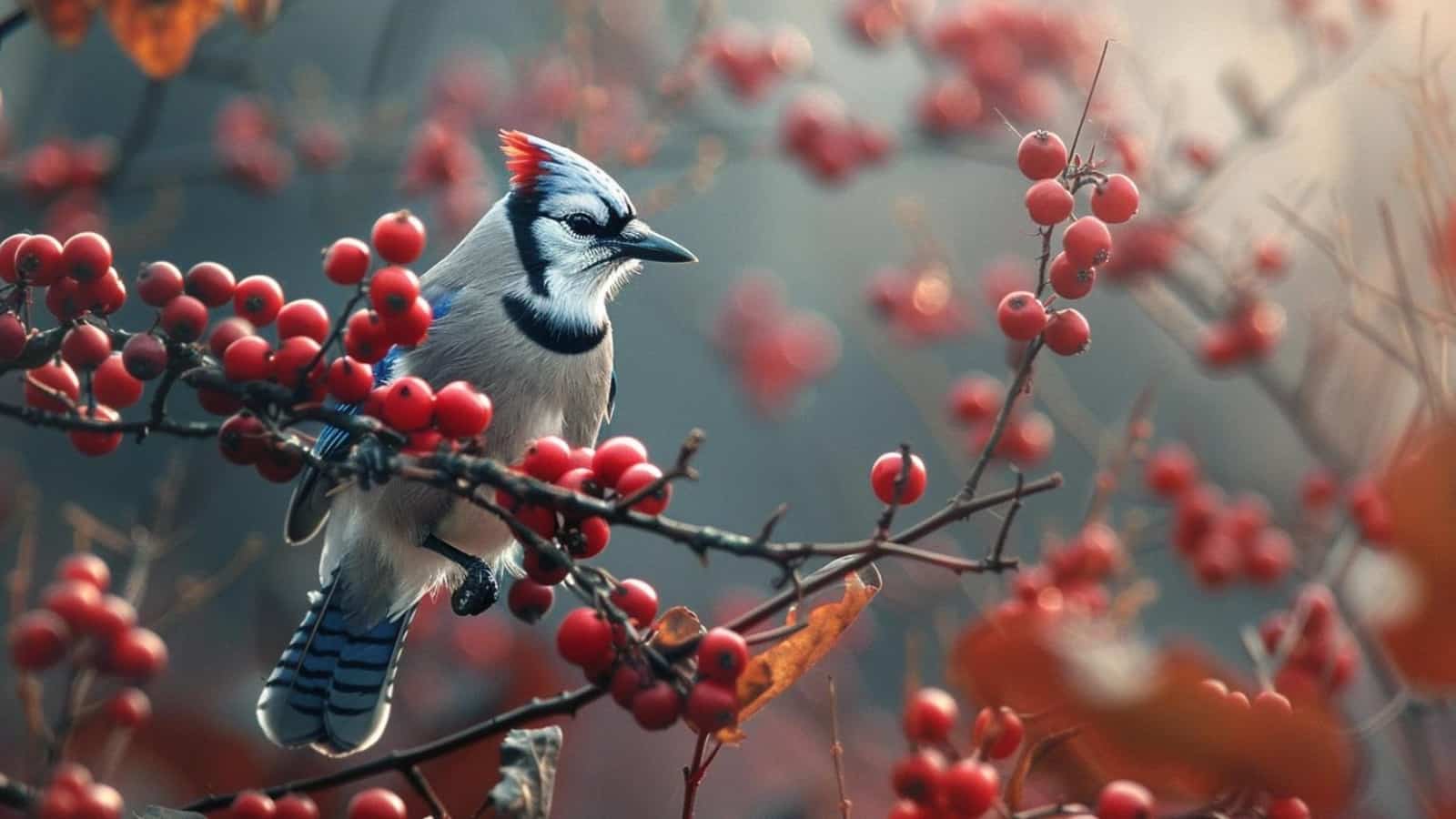
Shrubs are not only beautiful to look at but replicate birds’ natural environment to make your backyard feel instantly familiar. Just make sure to choose native species so you don’t negatively impact the surrounding environment.
This online resource on native flora will help you narrow down which shrubbery to plant. However, you also need to look into the preferred diet and favorite habitats of your rare birds.
Do your rare birds also like to eat berries? Look for native shrubs that grow fruit so you can get the best of both worlds – extra shade and extra food to attract them.
Eastern towhees, bluejays, and brown thrashers are just a few birds that enjoy nibbling on berries. They also prefer shrubby, grassy areas where they can duck for cover.
If your rare birds often roost or gather in trees, you won’t want to miss out on the next section.
Your Backyard May Need More Tree Cover

It’s no mystery that tree cover is one of the best ways to get birds hanging out in your backyard. This step takes a little more time than planting shrubbery since trees take longer to grow.
If you already have a few trees in your backyard, then consider situating your birding station nearby. A few tweaks you can make to attract rare birds include:
- If they’re a smaller bird species, hang your feeders on a branch beneath tree cover
- Place a birdbath nearby so birds don’t have to drink and bathe in the open
- Consider adding a sailcloth for extra shade during the summer months
The Type of Tree Will Also Increase Your Chances

Good tree cover is only half the battle when attracting rare birds – you also need to consider the kind of tree. Fruit trees are incredibly popular since they provide shade, roosting material, and bountiful food.
Bluebirds, waxwings, and robins are just a few beautiful birds that adore fruit trees. Below are popular tree-planting choices for birders:
- Crabapple
- Maple
- Pear
A fruit tree can take anywhere from two to six years to fully grow and bear fruit. This option is definitely for the dedicated birder who doesn’t plan on moving anytime soon.
You Can’t Go Wrong With a Birdbath
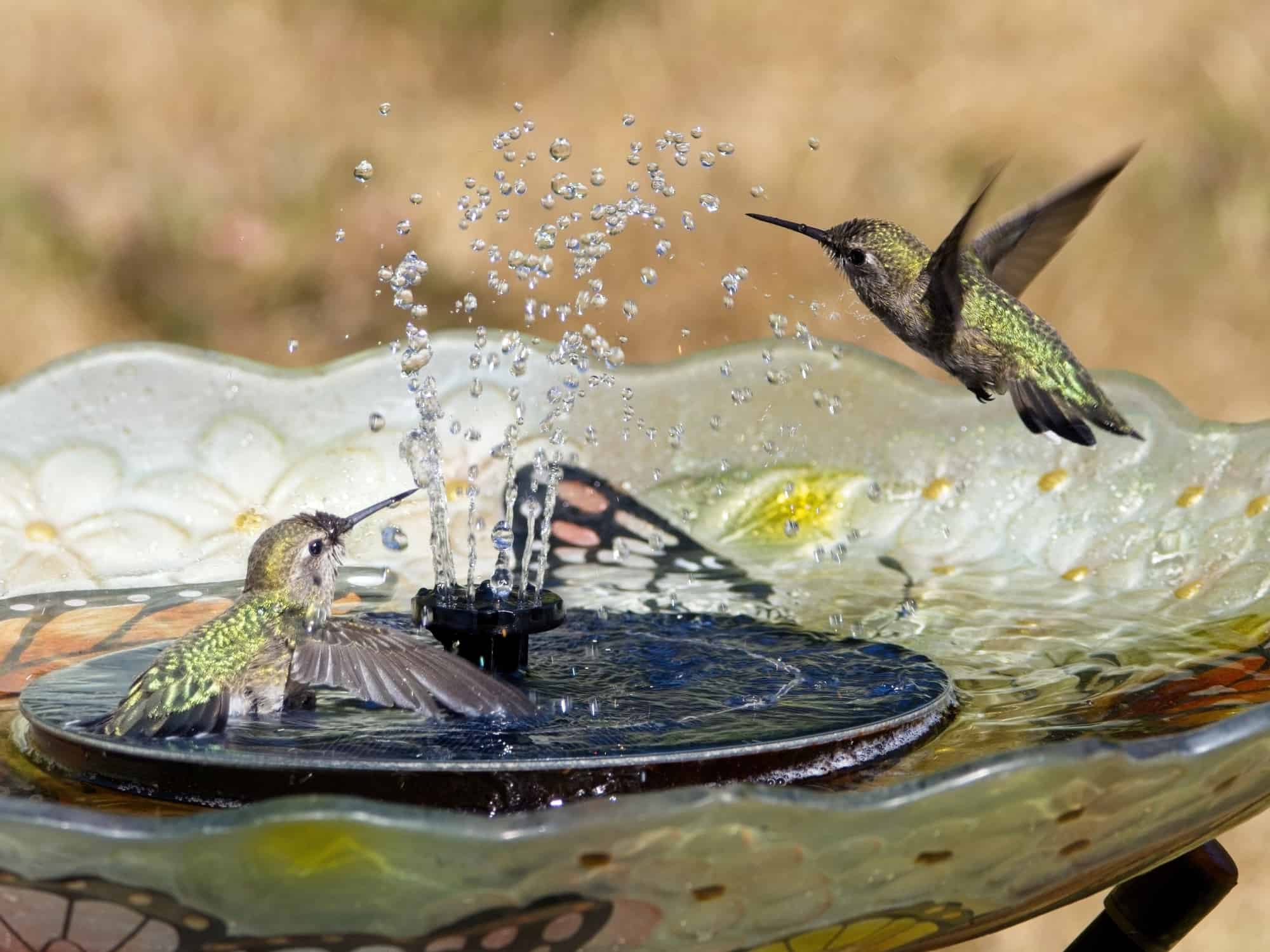
Speaking of birdbaths: when’s the last time you had one in your backyard? If the rare bird species you’re trying to attract doesn’t want to eat, they may still linger to clean their feathers.
Bird baths come in different materials, sizes, and shapes to suit your backyard. If you have a lot of room and even ground, I recommend a classic standing bath – these have plenty of room for lone birds and flocks alike.
Just make sure to clean your birdbath every few days with warm water and soap. It also needs a regular rotation of fresh water and, ideally, nearby food sources.
No bird, rare or common, wants to bathe or drink somewhere filthy.
Try a Nestbox To Give Rare Birds a Reason To Stay
Last but not least, creating an agreeable environment for birds can mean a place for them to have their eggs. You can purchase a nest box or build one for certain bird species, depending on your skill level.
Some birds that enjoy using nesting boxes include (but aren’t limited to):
- Chickadees
- Titmice
- Swallows
- Bluebirds
- Ducks

Neglecting Good Timing When Setting up Your Station
Many birds are rare because of their migratory patterns or because they’re very picky about their habitat. Good timing will ensure you meet them halfway for either reason.
Below are the two simplest ways to have a well-timed — and therefore intriguing — bird feeding station.
Study Your Rare Birds’ Seasonal Patterns
Take a little time to research your rare bird and what their behavior is like in or near your state. Some species are pretty predictable, while others are a little more erratic.
Does your rare bird immediately leave the area once the weather gets cold? How about their punctual arrival once the flowers start blooming?
Some birds, like the red crossbill, are very unpredictable and will take roost anywhere there’s food.

I highly recommend getting involved in birding groups in your area to pick up tips. There are plenty of active online birding groups on Facebook and Reddit that can help you avoid common pitfalls.
Set out Your Birding Station on Time
Once you’ve got the bigger picture about rare bird species, time your birding station so it’s ready for them. If you put everything out too early or too late, you run the risk of wasting good food.
For example, if you’re trying to attract the painted bunting, you’ll learn that they’re migratory birds who usually show up during breeding season in the southeast. This means you’re most likely to glimpse them between March to August in their preferred habitat.
Once March starts getting a little warm, set up your station and consider using a bird camera to check activity once you’re out. It may be weeks before you see one, but a little patience goes a long way.
Not Accepting That Most Sessions Won’t Attract Your Rare Bird
Attracting rare birds requires a mindset shift as much as the right tools and timing. It’s important to accept you’re not going to see your rare bird the majority of the time – in fact, you may never see them at all.
Their rarity didn’t come from nowhere, after all. Whether through reduced numbers or an unreliable migratory pattern, this bird simply won’t show up for most of your sessions.
However, the journey is just as important as the destination. You’ll still have a fun time setting up your station, taking care of it, and enjoying all kinds of visitors as you wait for your ideal bird.
When the bird you’ve been waiting for finally shows up, the elation you’ll feel is indescribable.
Attracting Rare Birds Is How You Increase Your Confidence as a Birder
Attracting a rare bird species is a guaranteed way to grow as a birder. Not only do you learn all the ins and outs of managing a birding station, but you also build your confidence and your patience.
You don’t have to do everything on your own, either. We’re here to help you with in-depth product reviews or setting up an unforgettable backyard.
You can also reach out to local birding groups in your area, whether online or in person. Some people will have unique, first-hand tips you won’t find anywhere else.
Want to learn more about backyard birding? Check out the following articles:

